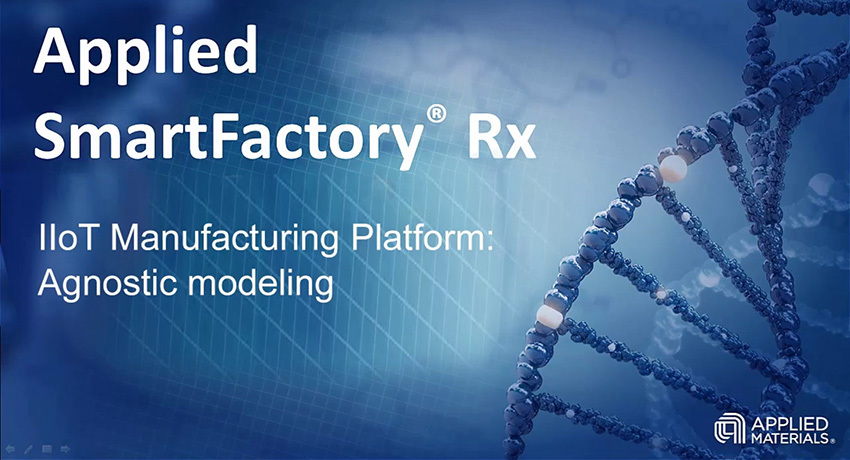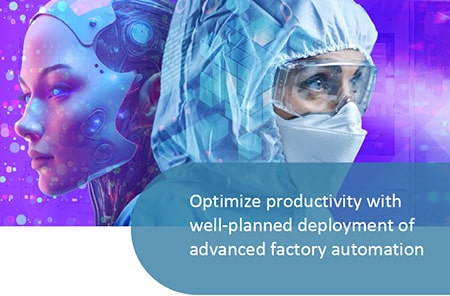Transcript
Hello and welcome to another video on our Industry 4.0 platform, enabling smarter manufacturing. SmartFactory Rx offers a complete solution, but today I want to speak to a very specific functionality. When it comes to modeling, our platform is Agnostic, and therefore it can be leveraged in many unique ways.
With our ability to provide interconnectivity between data sources, we can uniquely provide an environment to train and test models, as well as provide version control and model management to open source machine learning algorithms, so they can be updated as necessary and even exported with critical context for use in any application. What you see here is SmartFactory Rx’s workflow engine that provides an extensive ability to create strategies through an easy drag and drop interface. Each block can then be configured based on its function, and as you can see, we have MATLAB, R, and Python blocks for some of the most well-known and used AI and machine learning toolkits.
Today I’ll be demonstrating a simple Python model training scenario. Here is an example of some Python code I’m working with for a prediction model. The strategy you see here allows me to initiate the training workflow manually or by any event.
This really comes in useful for updating models and verifying new data as changing model performance, so I can then have an automated notification that a new version may be beneficial. I have also included outputs, which will be the trained model script, as well as the version of the script. The runs that I will use to build the model can be brought in via a file or by direct connections to the data sources themselves.
The workflow comes with a debugger, which can be easily used to detect errors, as well as give feedback on what those errors are, so that we can quickly and easily fix any issues. With the debugger on, we can manually push the training runs in by generating an event. We can see this resulted in an error here, which allows us to correct the problem.
Second round shows a different error relating to a specific library not being loaded, and once I fix this problem, the third time’s a charm, and we can see the model is successfully trained. The versions are all saved and identified, as is the error trail, which led to the fixes, so the audit trail for the model development is incredibly useful. The successful execution automatically runs a sub-workflow to test the model.
Here we have another file that contains different runs than were used to train the model. Each run in the file executes, and the outputs are stored to compare the known values. The last step then is to run the model in real time, as seen here.
Any number of algorithms can be linked together here to create very robust hybrid models that monitor both process and equipment performance, and give predictions that can be acted on through notification or directly from the strategy engine, and an advanced control methodology. The possibilities for AI and machine learning algorithm integration are nearly endless, and as you can see here, we have a list of all the tools that we’ve already successfully implemented using our strategy engine. Again, this is just one aspect of using this workflow tool, which is really only one part of our entire SmartFactory Rx platform.
I hope you’ve enjoyed this short video on Agnostic Model training and testing, and we hope you come back to see more about SmartFactory Rx.

